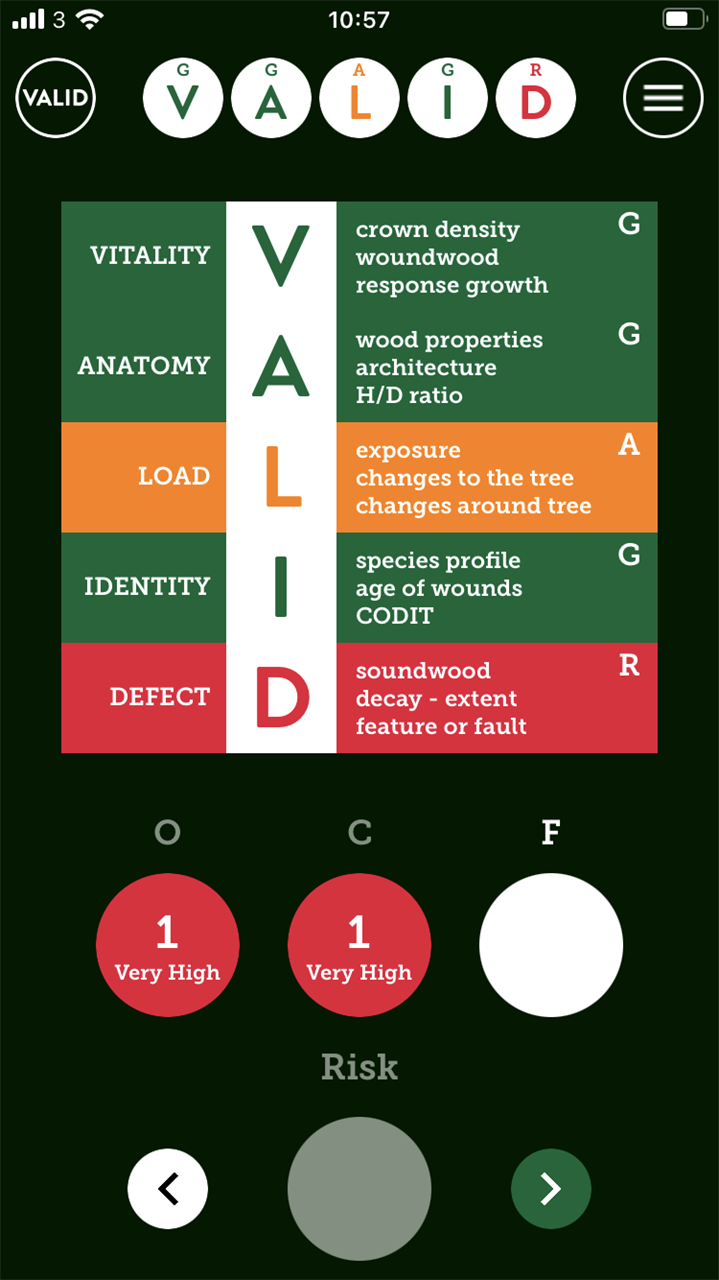If you've heard of Daniel Kahneman, you'll likely have read his excellent Thinking Fast & Slow, where he shares his Nobel Prize winning work into behavioural economics. All that fascinating stuff about how ingrained biases often have reasonably foreseeable impacts on our decision making.
His most recent interest has been a collaboration with Oliver Sibony and Cass Sunstein, exploring the role of 'Noise' in decision making.
Noise is the significant variability in decisions you get where there shouldn't be any. Such as when Doctors diagnose disease, or when Judges sentence criminals.
Or when Arborists make tree risk assessment decisions.
Earlier this year, More or Less' Tim Harford had a short chat with Daniel Kahneman about how to reduce Noise by practising Decision Hygiene.
https://validtreerisk.help/Noise
If you want to dive into the Decision Hygiene part, it starts at 5.50.
What was eye-opening about this discussion into the benefits of practising Decision Hygiene is that it's embedded in VALID.
Arborists' tree risk assessments are notoriously noisy. Ask 10 Arborists to risk assess a tree and you'll likely get 12 very different decisions.
One of VALID's benefits is we've designed it to reduce this Noise. When it comes to Occupancy and Consequences, consistent and good decision making is so 'quiet' you don't need to be an Arborist to do it well.
In tree risk assessments, we get most Noise with Likelihood of Failure decisions.
When you make your Likelihood of Failure decision in VALID, you're guided to evaluate all the likelihood of failure attributes, independently of each other, before you make a decision.

This VALID approach to Likelihood of Failure decision making is what Daniel Kahneman is calling Decision Hygiene.

.png)